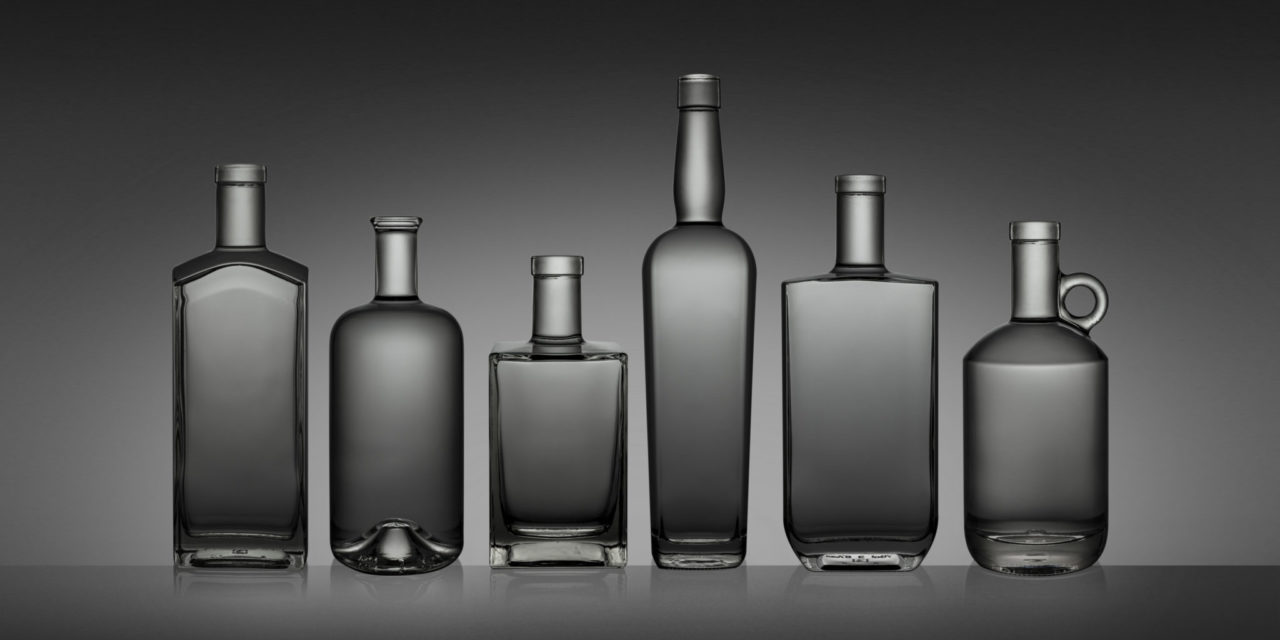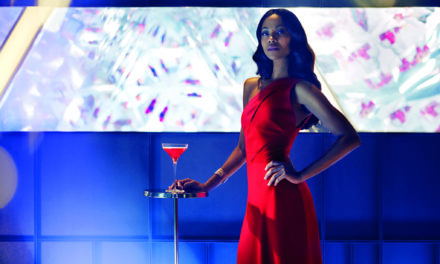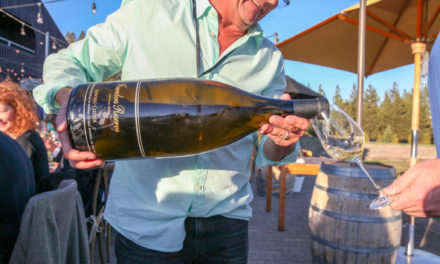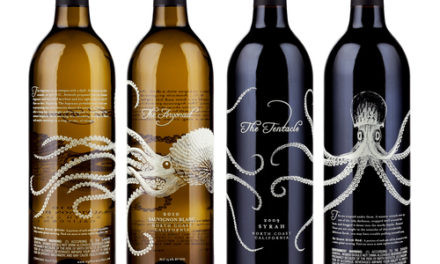
“As a permanent material, glass is 100 percent and infinitely recyclable, making it the perfect packaging choice for products today and in the future.” — Efrain Karchmer, Ardagh Group, Glass – North America
Today’s glass bottle manufacturers seek to shatter customer expectations by providing artistically rendered products that both reflect centuries-old traditions and embrace modernity, all while addressing the critical functions of preserving taste and protecting contents from tampering.
“Consumers consider glass to be the premium packaging material,” says Efrain Karchmer, director of new product development and innovation for Ardagh Group, Glass – North America. “As a permanent material, glass is 100 percent and infinitely recyclable, making it the perfect packaging choice for products today and in the future.”
Extending the Brand
Beverage producers can select from thousands of bottle options, from different sizes and shapes to various surface treatments and decorative embellishments. Those selections, when combined and refined, let the beverage purveyor tell a story in packaging as carefully crafted as the liquid it holds. Most bottle manufacturers offer in-house design services and have the expertise needed to translate packaging concepts into cost-effective reality.
“Packaging is an exterior reflection of not only the liquid inside but also the brand’s unique vision for its product,” says Régis Maillet, director of marketing for Saverglass Group. “Consumers are always looking for wine and spirits that have a unique story. If we’re able to portray this in packaging, then we’re headed in the right direction.”

[Photo courtesy Ardagh Group]
“Holding aside truly bespoke design, which is the packaging equivalent of a hand-tailored suit, we have thousands of ‘ready to wear’ packaging options,” says Scott Jost, vice president of innovation and design, Berlin Packaging. “To extend the analogy, the myriad enhancements and modifications we offer are the ‘custom tailoring’ that make a great package perfect for our clients’ brands. These range from surface treatments such as texturing and frostings to wood, leather, and metal medallions, and other physical details.”
Category Vernacular

“If a bottle is beautiful, but bartenders hate it because it’s hard to hold or pour, it can be an ergonomic and economic fail, because bartenders can make or break brands.” —Scott Jost, Berlin Packaging
Jost refers to the long-standing conventions associated with beverage packaging as “category vernacular”: the language of form, color, and adornment that comes to be recognized as appropriate to given products. He says, “For beer and wine, brown and green glass served to protect these beverages’ photosensitive contents. Over time, colors and shapes came to have particular associations.”
Browns and greens are no longer the only color options available. Saverglass, for example, recently introduced Onyx and Empire Green, while Verallia says its dark amber glass is gaining popularity in beer and wine markets. Other new glass colors include blue and charcoal gray. Bottle shape has proven slower to change.
“Whether you’re looking at a $3 bottle of Charles Shaw or a $2,000 bottle of Screaming Eagle, wine’s basic silhouettes are sacred,” explains Jost. “This is as close to dogma as any rule I’ve encountered during my 30 years in packaging. Mind you, as I say this we’re presently breaking that rule for one of the most revered labels in the world—so in a few months, I’ll ask that the world grant us an exception.”
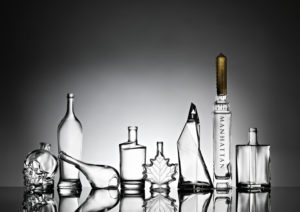
[Photo courtesy Berlin Packaging]
One consideration, especially for producers that own their bottling equipment, is the technical constraints of bottling lines, which can make it more challenging “to create new shapes and designs,” says Maillet. “Nonetheless, globalization and new generations of winemakers are progressively shaping the future.”
Stock Options

“Packaging is an exterior reflection of not only the liquid inside but also the brand’s unique vision for its product.” —Régis Maillet, Saverglass Group
Engraving is another innovation. Verallia has a bottle, the Moonea Bling, that features a “perfectly smooth exterior surface,” that reveals bubble-shaped interior engravings as the bottle is emptied. The same technique, with a different engraving pattern, is used on its burgundy Advantage Vertigo bottle, providing a similar consumer experience and “surprise” effect as the bottle is emptied.
More attention is also being paid to bottle punts—the divots at the base of a bottle—which can be decorative and unique with varying shapes and textures. Saverglass offers six different punt shapes with various etching patterns in a single bottle line. Verallia offers a diamond-shaped punt in its Paris Wine Diamond bottle “to highlight the prettiest shades of white and rosé wines.”
Bottle manufacturers are also adding more stock bottle shapes to their lines, developed to reflect new design trends. Verallia’s Cali is a modern take on the traditional Burgundy bottle, while Ardagh Group added its 500 mL Celebration bottle as a single-serving beer option.
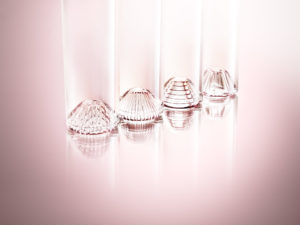
[Photo courtesy Saverglass]
More beverage producers are playing with shapes, rather than simply embracing tradition, to draw attention to their products. Spirits producers, for example, are using vessels that bring to mind perfume flacon, housewares, or pharmaceutical bottles. Some limited-edition craft beer is being packaged in champagne-styled bottles, complete with corks and crown closures.
A Shelf Space Oddity

[Photo courtesy Saverglass]
Brands need to stand out, but they must also optimize shelf presence. Maillet adds that, because the spirits and wine markets are so crowded at present, “shelf space is key to maximizing sales.” As a result, some brands, he says, have begun “investing in personalized stock molds or even fully custom bottles” to make their brand stand out.
“It’s important to consider not only space constraints, but also factors such as who the end user and distributor will be, and then plan the design to meet their specific needs. “If a bottle is beautiful, but bartenders hate it because it’s hard to hold or pour, it can be an ergonomic and economic fail, because bartenders can make or break brands,” Jost says. “Especially when venturing into less-familiar niche categories, consumers place a premium on the endorsements of mixologists they trust.”
Ultimately, the most important factor about a beverage isn’t its container, but whether the packaging affects a product’s taste. And it’s that taste, say bottle manufacturers, that keeps consumers coming back for more.

